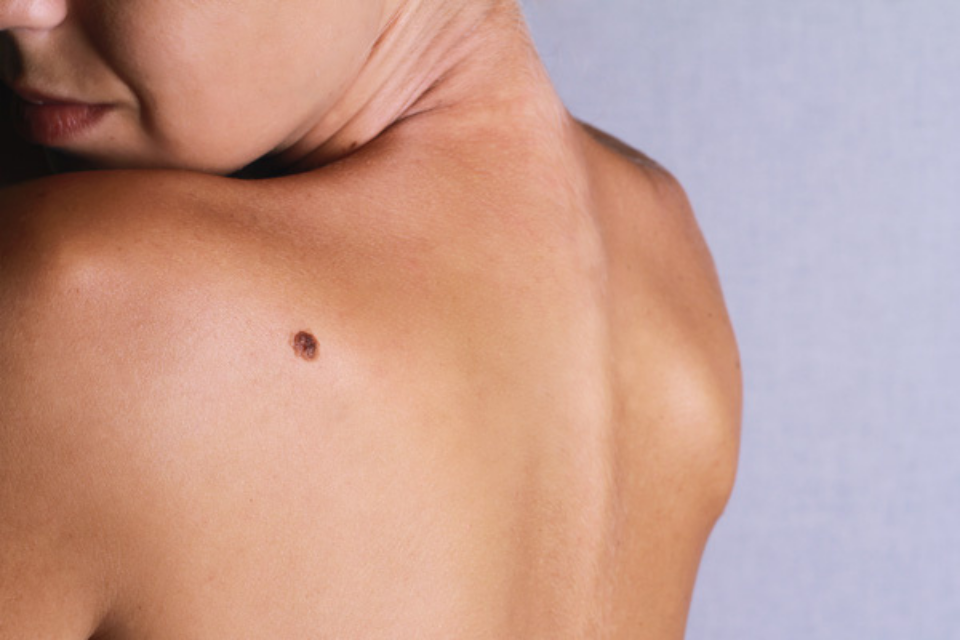 2Dr. Bobby Buka specializes in skin cancer screening as well as skin cancer removals. If you are concerned that you might have skin cancer, it is imperative that you do not delay, not even for one day. Perhaps you have already been diagnosed with a form of skin cancer? In that case please see us so that we can advise you on your best course of action going forward.
2Dr. Bobby Buka specializes in skin cancer screening as well as skin cancer removals. If you are concerned that you might have skin cancer, it is imperative that you do not delay, not even for one day. Perhaps you have already been diagnosed with a form of skin cancer? In that case please see us so that we can advise you on your best course of action going forward.
Most of my patients will identify a suspicious mole well before I do. That’s because moles that turn atypical (called “dysplastic” moles) do so very prominently. Unlike some emerging cancers in your body that can grow undetected for years, skin cancer is usually immediately recognizable. Atypical moles do not “hide” well at all and you are the first line of defense to catch an emerging skin cancer before it gets serious and even potentially life-threatening. Because the skin is so immediately accessible and no x-rays or MRIs are needed to see it, its infinitely easier to catch a skin cancer before is gets out of hand.
What to look for? Well, the classic teaching is based off of the acronym. A.B.C.D. We’ll begin our discussion there, but I have a couple additional points to make to make sure you’re an at-home expert. A-Asymmetry. The first thing to look for is a mole that looks different on one side verses another.
Notice here that this mole is light brown on one-side, but deep brown on the other. That does not bode well for the behavior of this mole. B-Border: moles that have jagged or irregular edges require further examination.
Notice that this mole has very indistinct margins. It would be difficult to trace them out with a ball-point pen. C-Color: moles that have 3 or more colors are begging for attention.
This mole has nearly 4 colors and is highly atypical. D-Diameter: moles that are larger than 6mm classically should be watched closely. Let’s amend this one to expanding Diameter, that is, if you notice a mole is growing rapidly it should be tested. But if it’s been 10mm since you were in gradeschool, the likelihood of this mole being atypical is very unlikely.
More generally, dermatologist’s follow the “ugly duckling” rule. Finding moles on your body that look different from the others are the same moles we as dermatologists will notice. Let’s say all of your moles are 2-toned with borders that are a bit smudged, but one has 2 colors and perfectly symmetric. Even though its symmetry is reassuring, it’s different from all the other moles your body has made. That’s the mole that is more likely to be atypical under the microscope. Finally, any mole that is symptomatic, whether itching or painful or tingly or burning – any symptom at all, is one that requires a skin biopsy from your dermatologist.
So what happens should you locate an atypical mole on your own body? Well, atypical moles are believed to be pre-cancerous, but just how pre-cancerous we’re not entirely sure. Some of these atypical moles may become cancerous in 500 years (long after you’re gone), but others may do so over several years. Currently, the standard of care is to sample these moles to assess just how atypical the cells are. A skin biopsy can be performed with any board-certified dermatologists and takes less than 5 minutes. It’s almost painless because of a local anesthetic that’s used to numb the area and leaves a tiny scar. If a mole is examined under the microscope and found to contain rapidly-dividing cells or cells that contain irregular DNA patterns, then a complete removal is recommended. If the microscopic atypia is unimpressive then no additional removal is required.
Exciting new technology will soon allow dermatologists to look at the cells that make up your mole in real time without a biopsy. A process known as confocal microscopy allows your doctor to place a hand-held computer flush against your skin to determine a mole’s behavior without a biopsy. The technology is not quite perfected yet, so for now we still need to take a small piece of skin in order to give you an accurate diagnosis regarding that pesky looking, asymmetric, tri-colored, irregularly bordered, itch mole you’ve been trying to ignore.